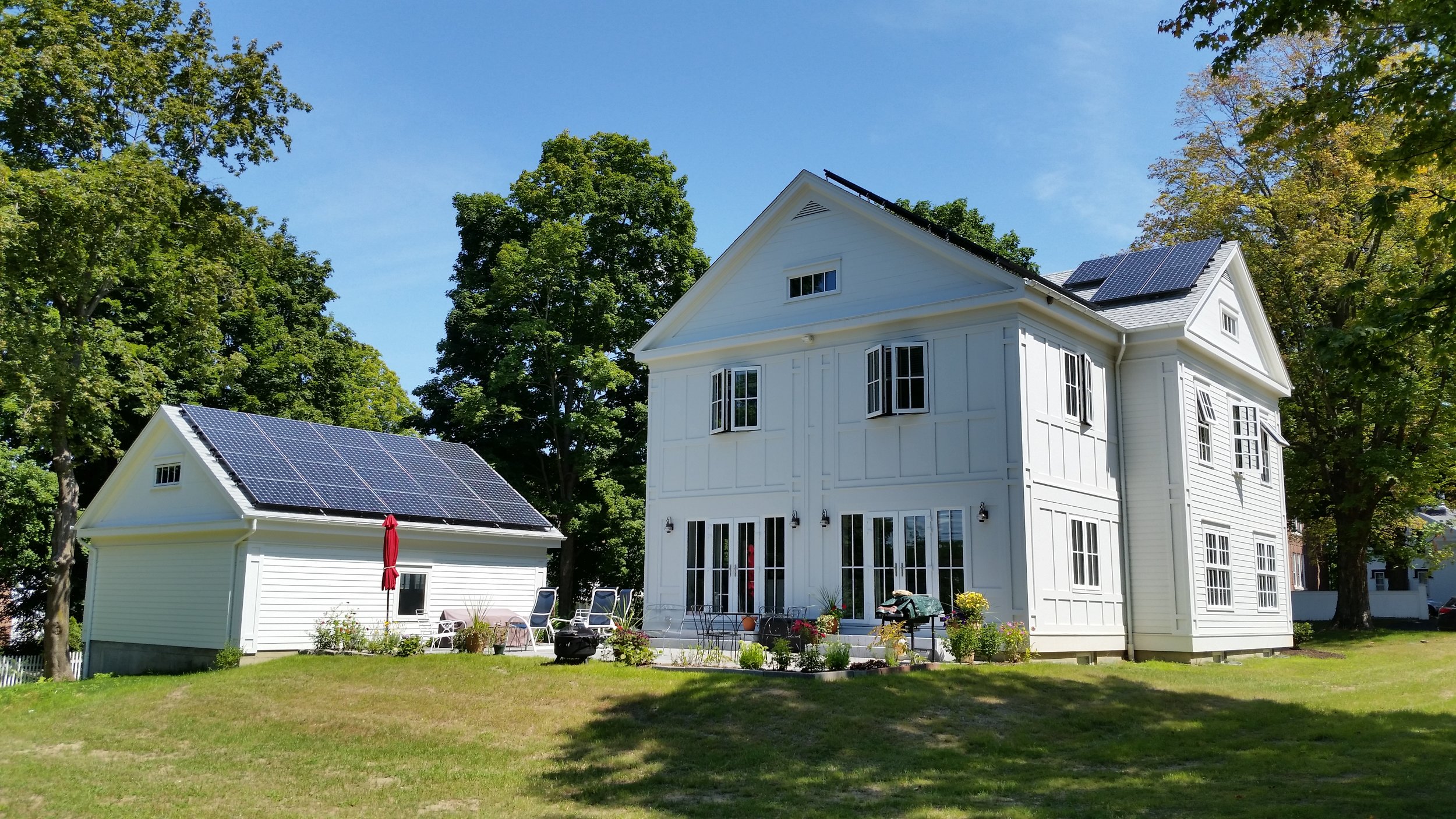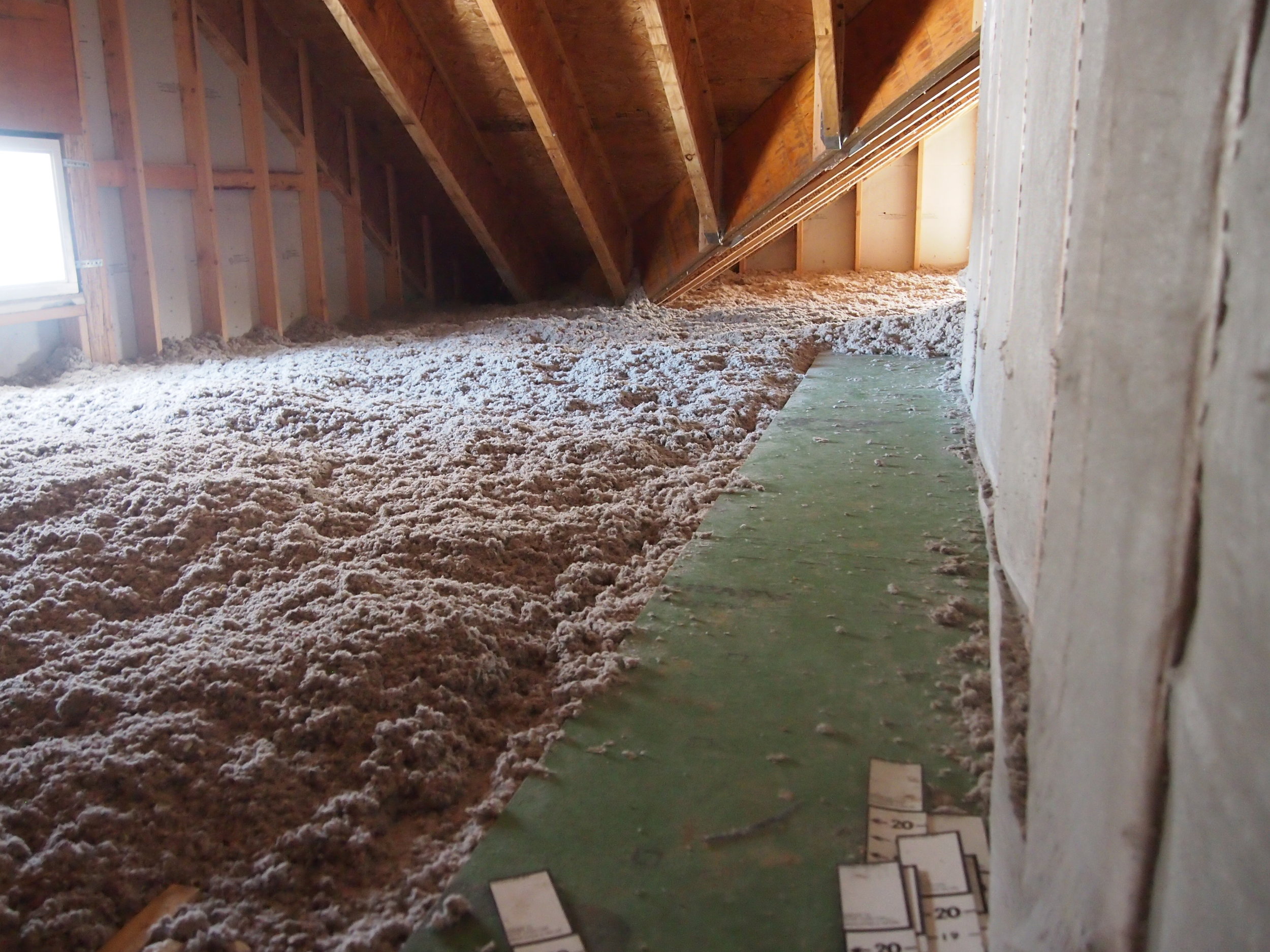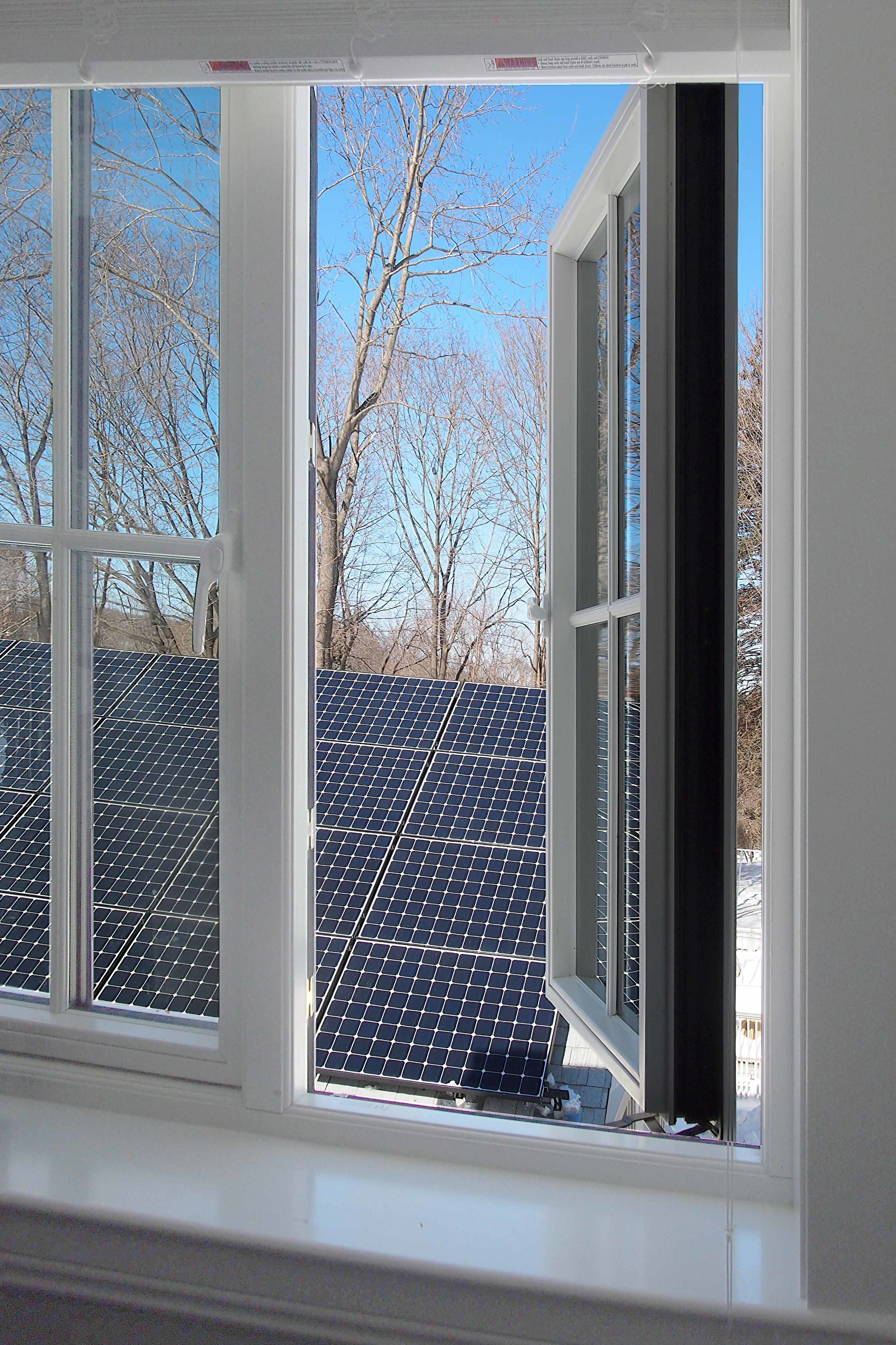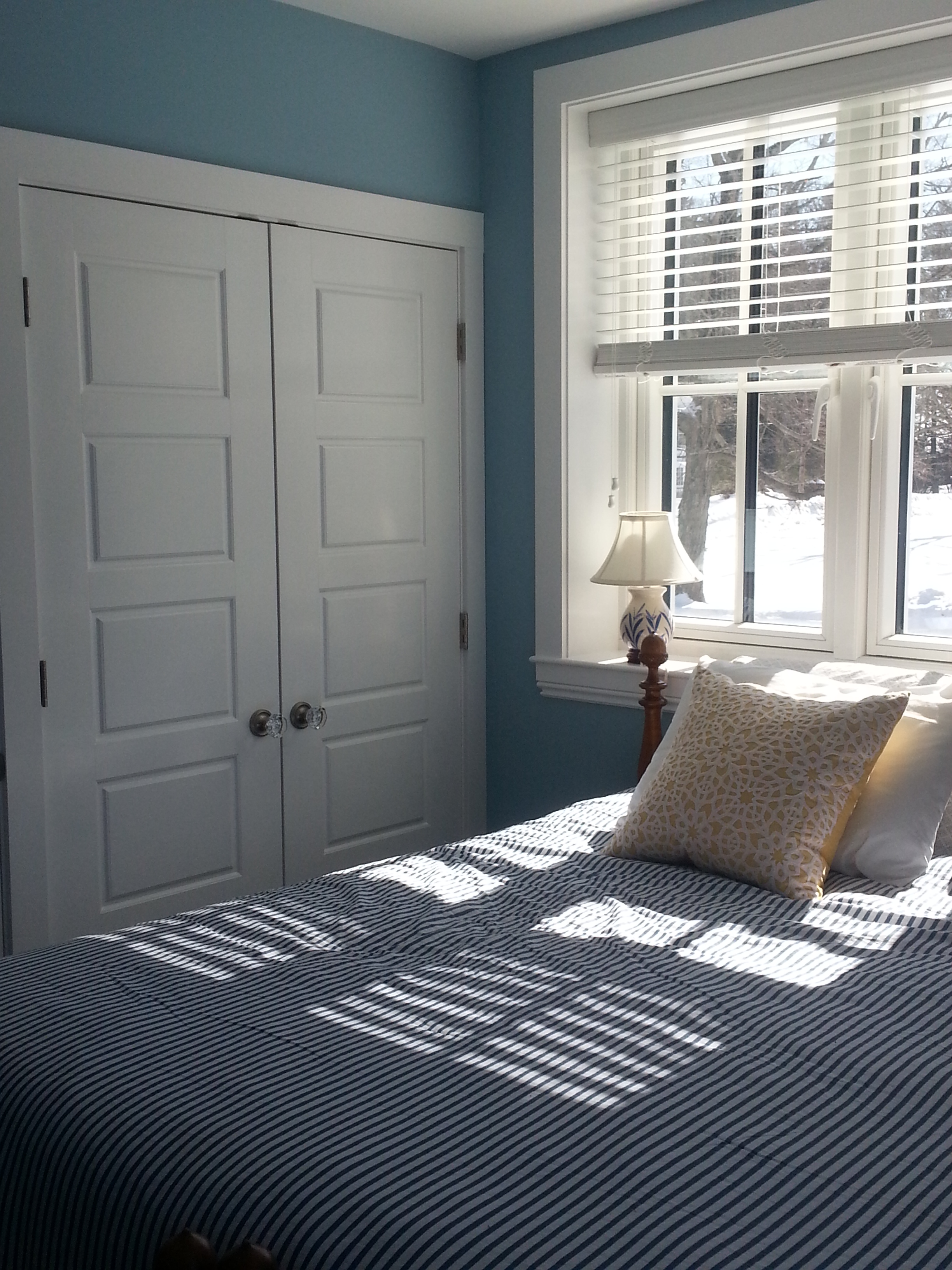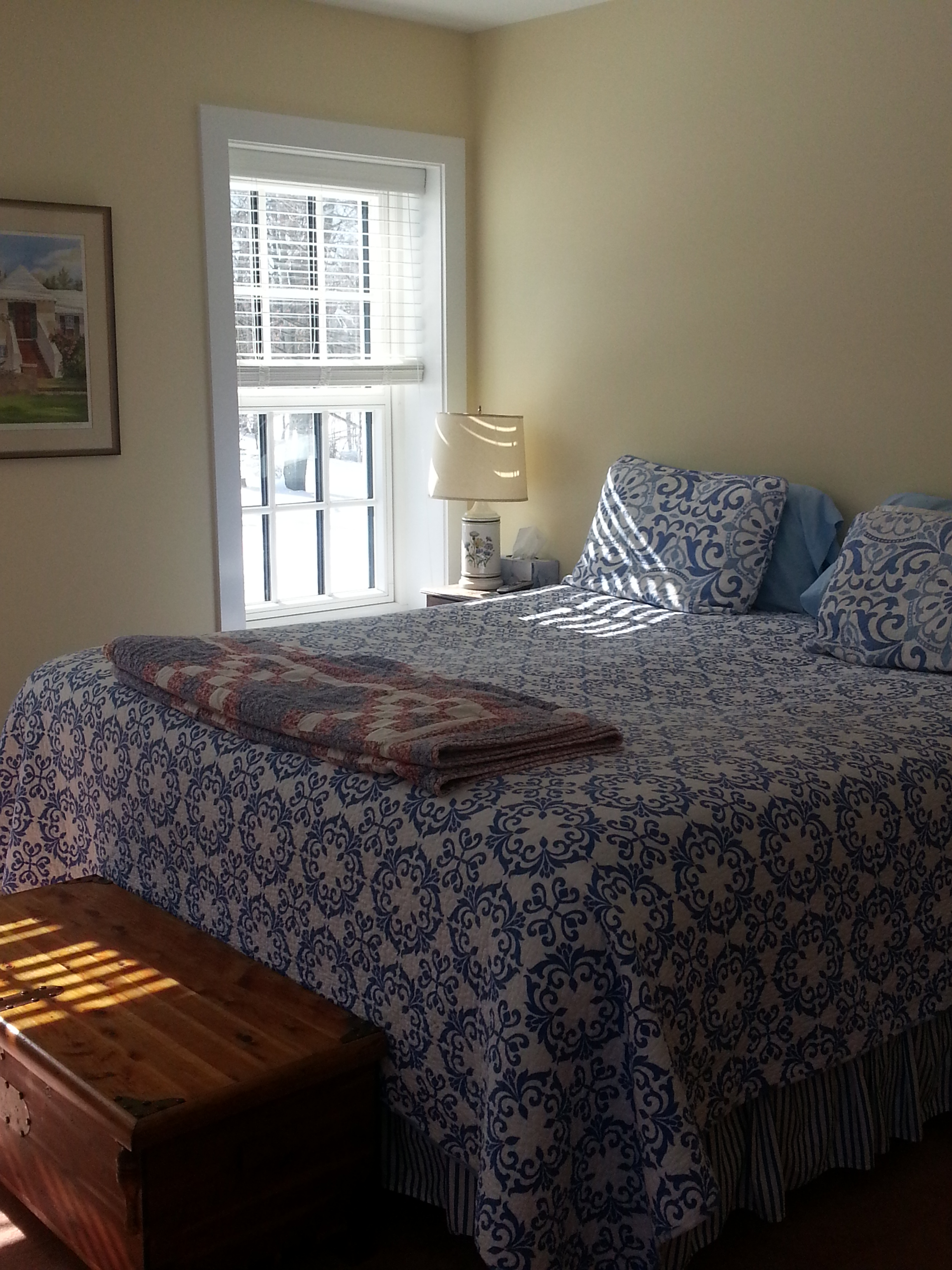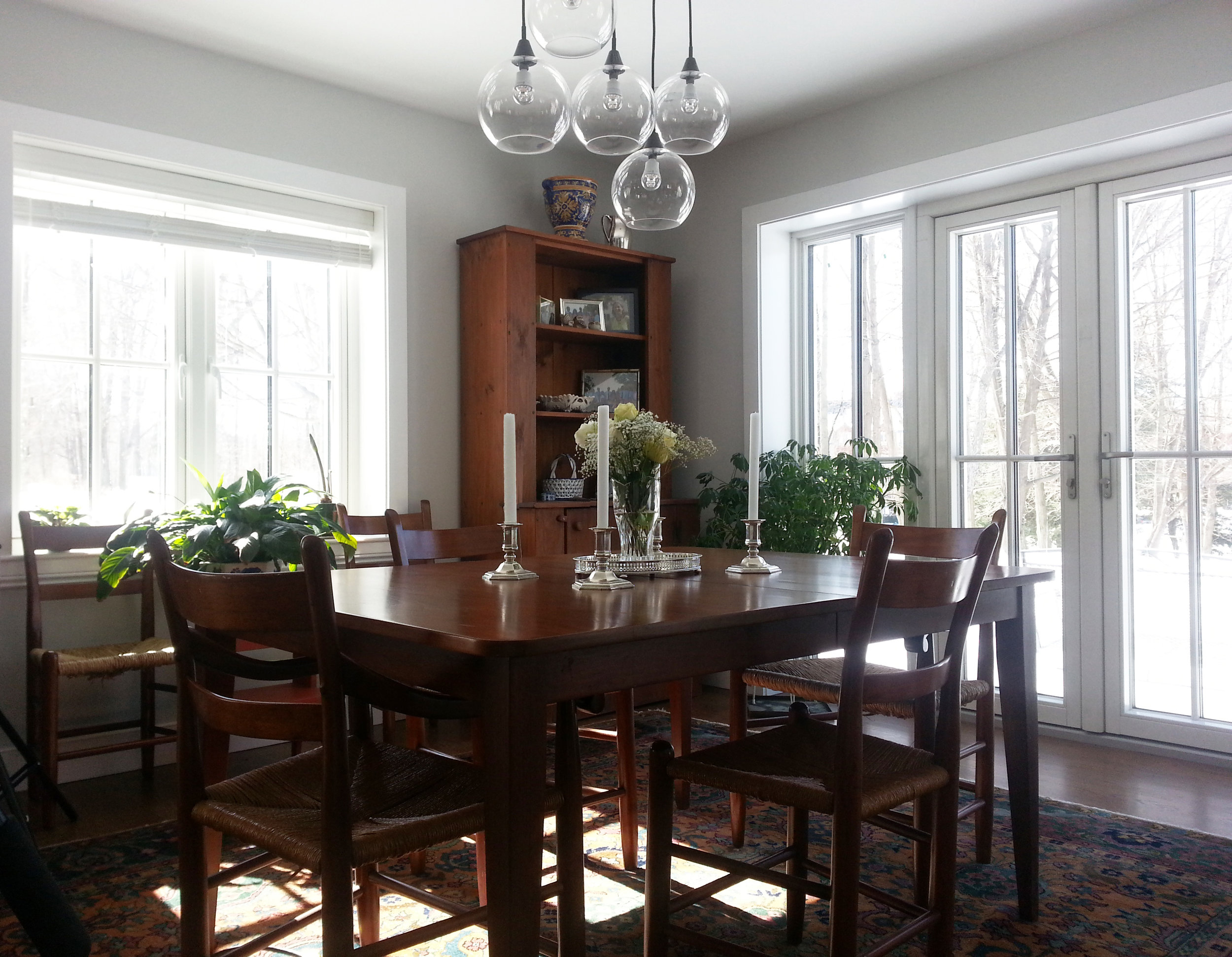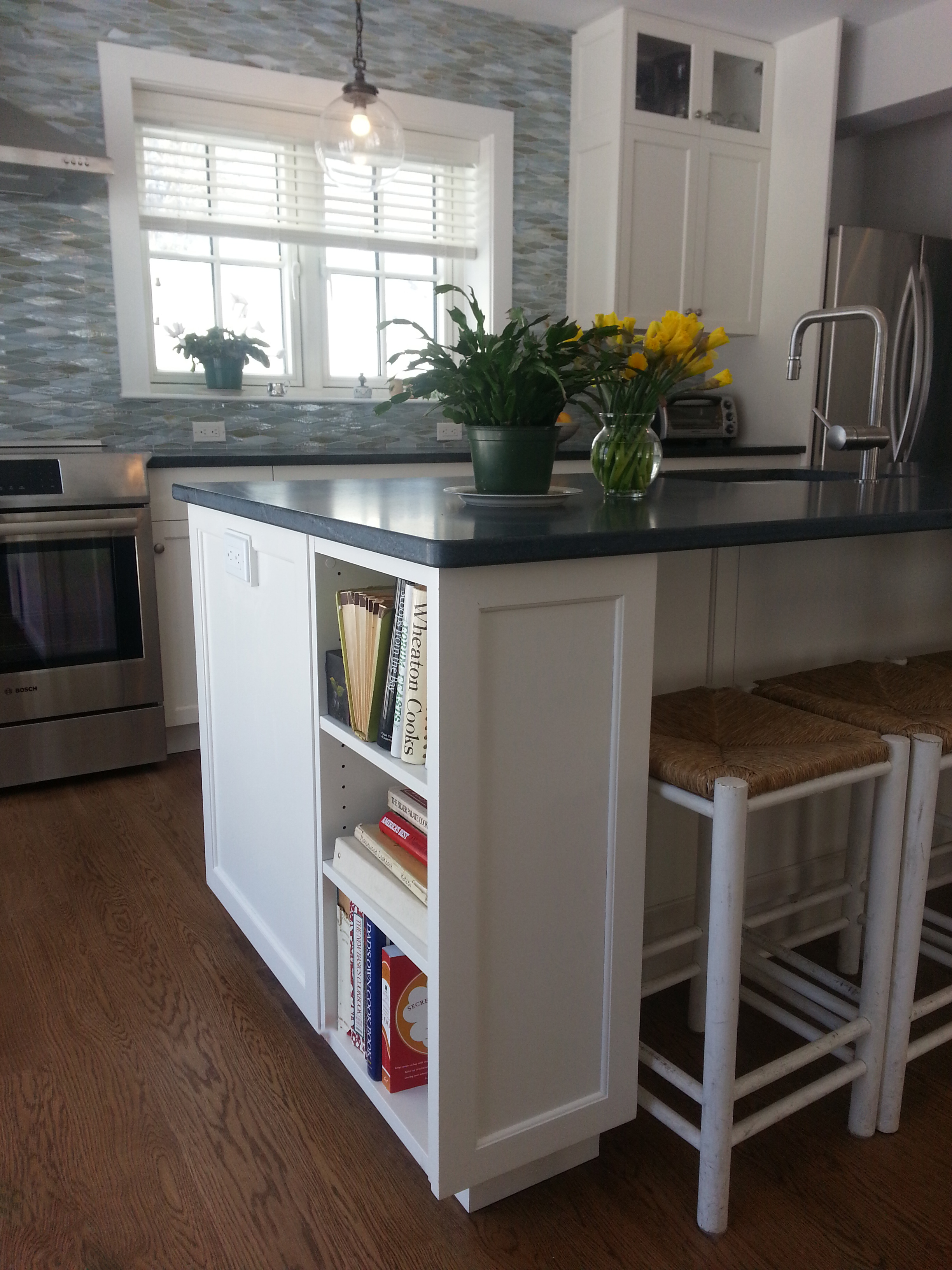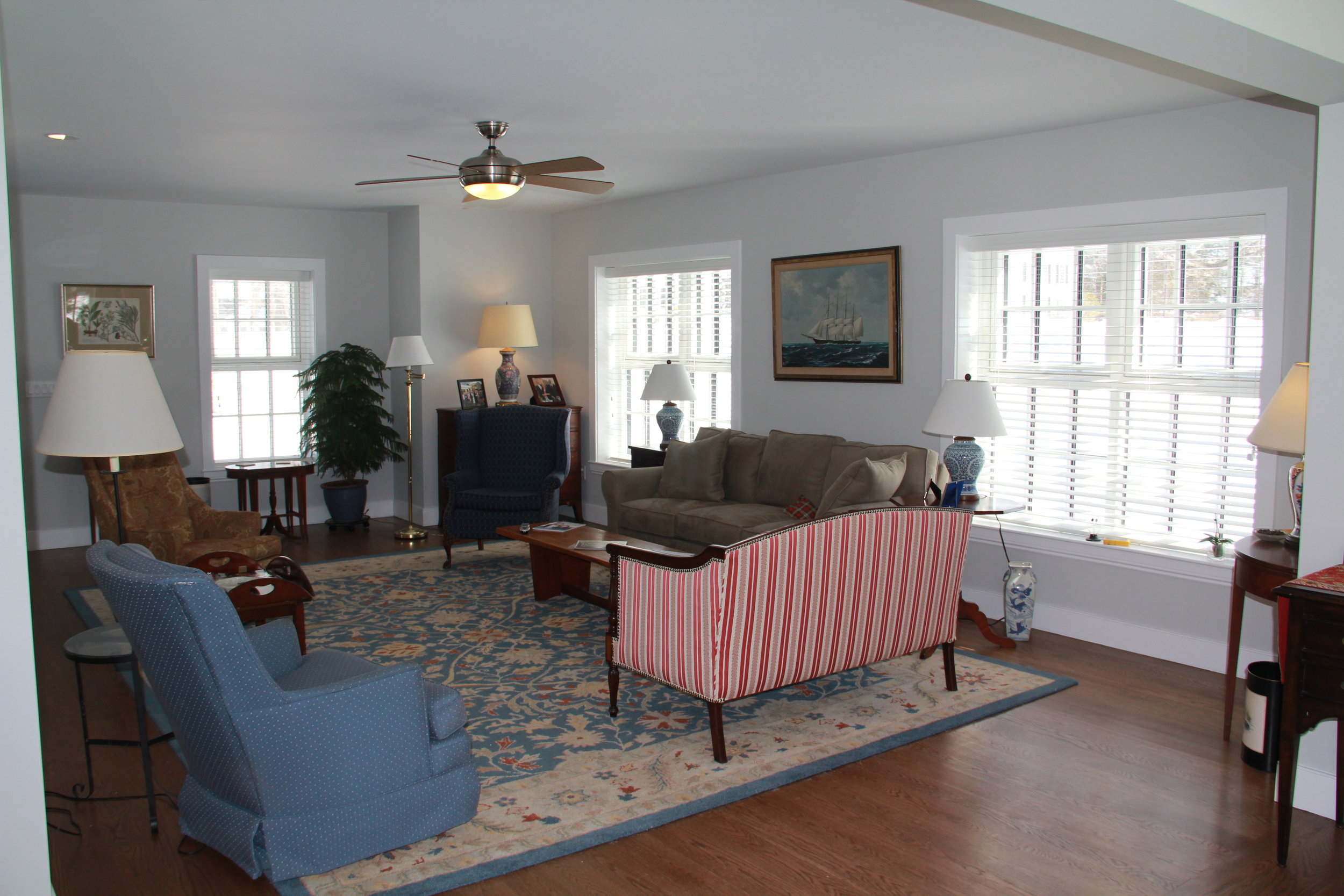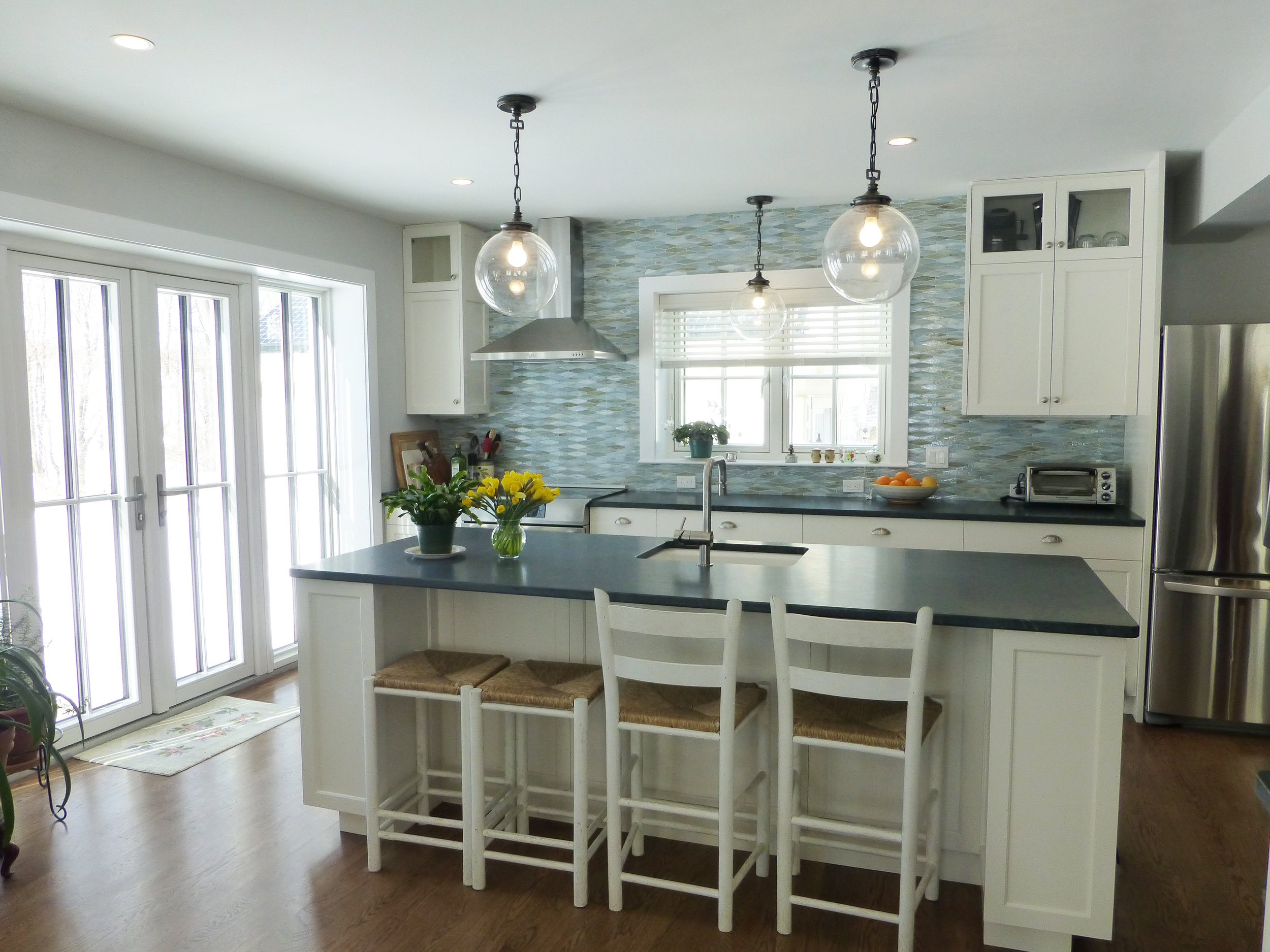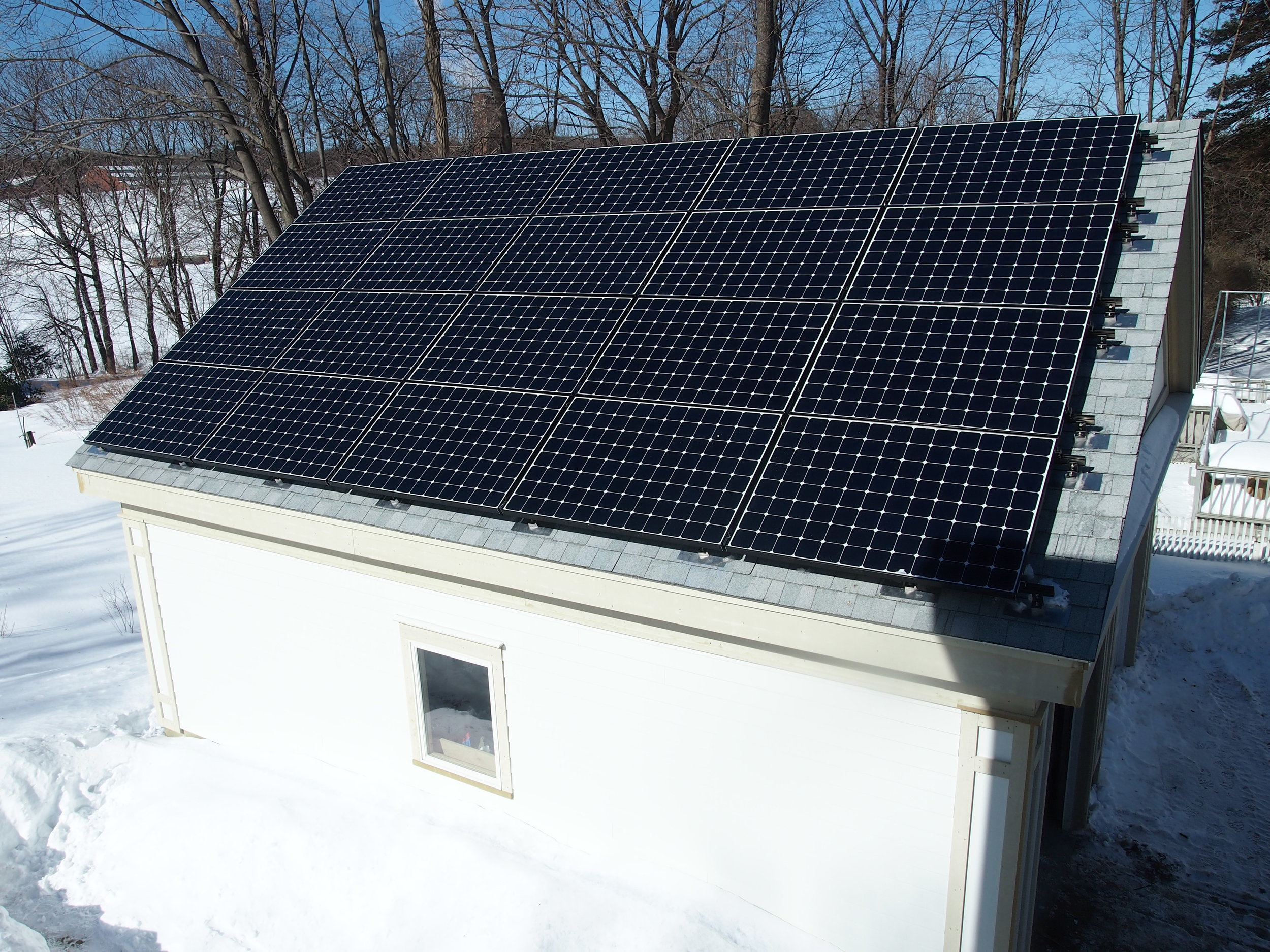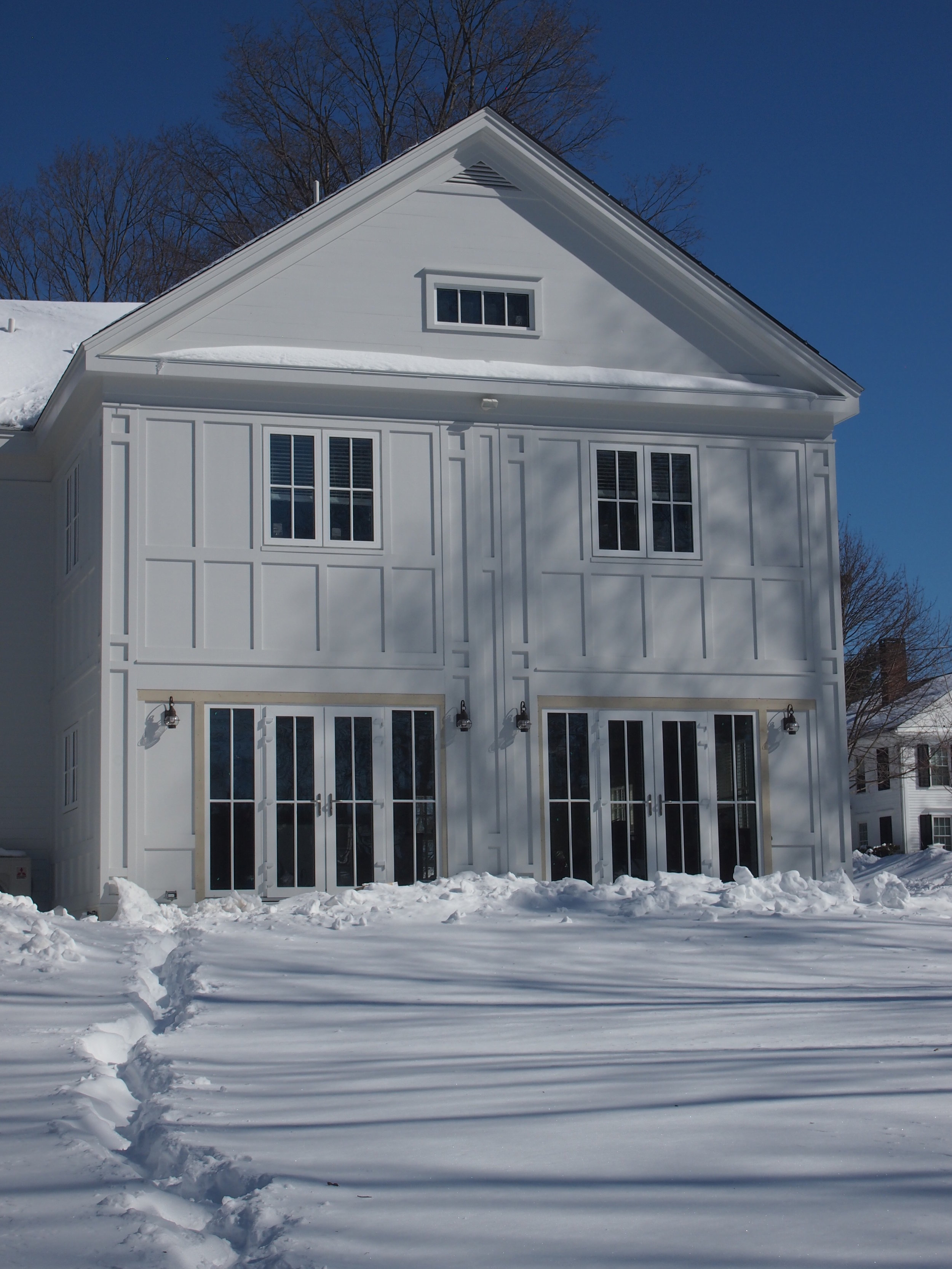Energy-efficient home designed by locals gets international recognition
Architect Elizabeth DiSalvo, of Trillium Architects, and builder Chris Trolle, of BPC Green Builders Inc. designed and built a house for Taft School in Watertown, which uses about 1/10 the amount of energy as an average single family residence. The energy efficient home, one of twelve from around the world, and the only one from the U.S., was honored at the United Nations Framework Convention on Climate Change last month in Morocco. The home also uses solar panels to generate about three times the amount of energy it uses.
One of the most energy-efficient houses in the world is in western Connecticut.
The house, which was designed by a Ridgefield architect and a Wilton contractor, was just one of 12 single-family residences from around the globe, and the only American project, honored last month at the United Nations Framework Convention on Climate Change in Morocco.
“It was exciting just to be in the room with all of these people from around the world,” said Elizabeth DiSalvo, the principal architect at Trillium Architects.
DiSalvo and Chris Trolle, a partner at BPC Green Builders Inc. in Wilton, created the completely electric-powered home in 2015 for the Taft School in Watertown. Faculty members live in the home, which also serves as a learning tool for the students because they can monitor the home’s energy readings with a monitor in the cafeteria.
“They wanted the home to be an example, so they wanted the house to be as sustainable and healthy for the environment as possible,” DiSalvo said.
The U.N. recognition is just the latest in a series of accolades at the state and national level, including receiving the U.S. Department of Energy’s Housing Innovation Awards for the Zero Energy Home. It is also certified by three efficiency ratings.
The two-story house has about 2,400 square feet of livable space and uses about one-tenth of the energy of an average single-family residence. All of the house’s electricity comes from solar panels, which generate about three times as much energy as the house uses.
A thermal envelope keeps the home warm in the winter and cool in the summer without having to use as much electrical heating or cooling. The envelope is created with wide-set framing and 12 inches of insulation, about twice as thick as usual. The temperature is also maintained with a special air filtration system and thick window panes. The heating, plumbing and cooling systems are located in the middle of the house to allow for a more efficient distribution, DiSalvo said.
“The goal with green building is to use as little energy as possible to heat and cool,” she said.
The materials are natural, sustainable, can be recycled and require little maintenance.
DiSalvo said the climate convention reinvigorated her passion to promote designs that help the environment and helped her view the climate situation on the global stage. She joined the Ridgefield Action Committee for the Environment to help at the local level.
“I felt like it was such a big encouragement,” she said. “It brought me 10 steps further in the cause.”
The convention covered countless environmental topics from the public’s and government’s perspective.
DiSalvo said the world leaders’ discussions were held in about 1,000 different closed-door meetings and focused on how rich countries can help Third World countries meet climate goals or improve their environment. The public’s portion included a fair where people shared methods or technologies their countries or companies were using.
“It was really interesting walking around and seeing where everyone is heading,” she said.
Trolle said not enough builders are building thermal envelopes, which better insulate the house and reduce energy costs.
“The reality is it’s not that complicated to get it to perform well; you just have to think of the details,” Trolle said. “There needs to be that understanding.”
He said the award and the home itself demonstrate this technology can be done with materials already available.
Originally published 3:46 pm, Tuesday, December 6, 2016 in the Danbury News Times


